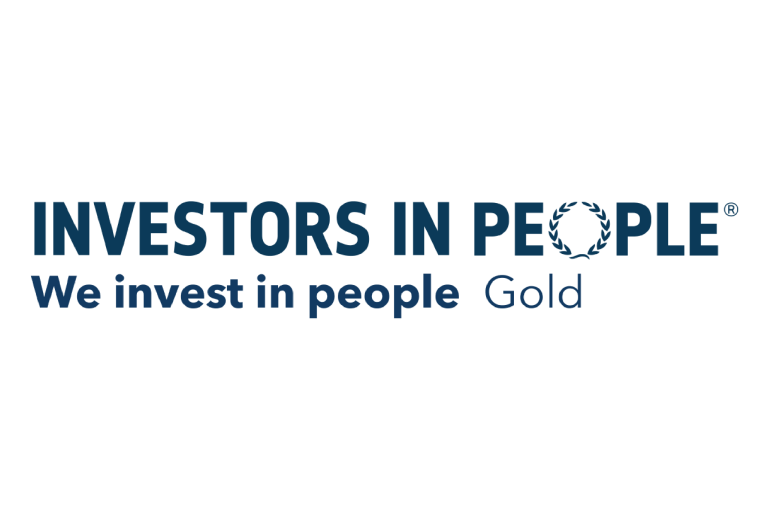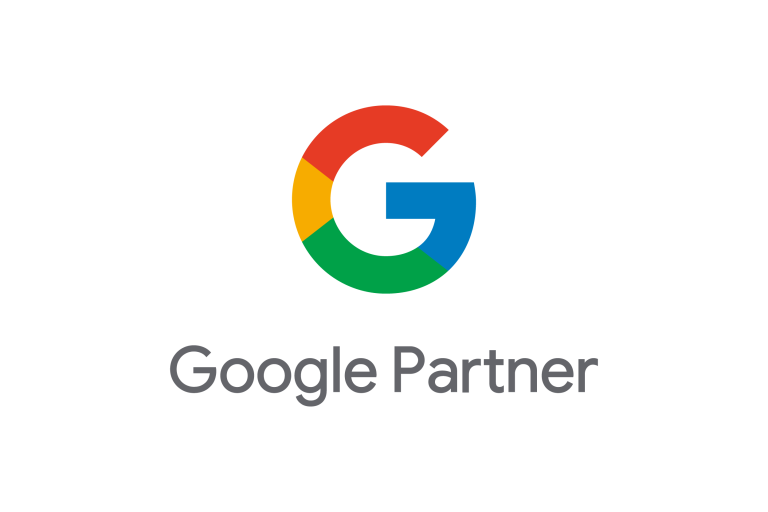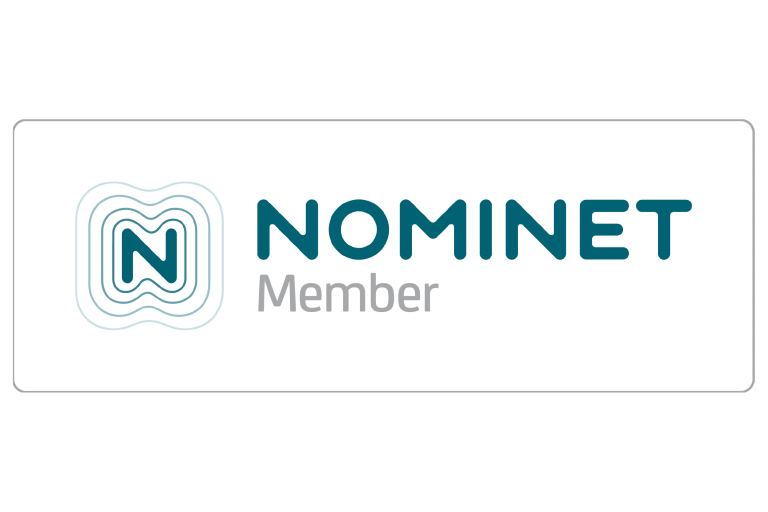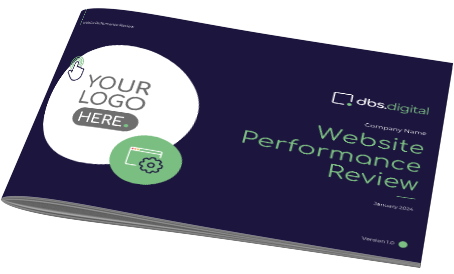Google Ads is one of the most effective ways to market your products or services, generating high quality leads (as long as they are set up and optimised correctly). Launching a PPC campaign (both on Facebook or Google) doesn’t guarantee success, so to ensure you generate a high return on your investment (ROI), there are some key metrics you need to track along the way.
Key Performance Indicators (KPIs) for PPC campaigns can be split into several different categories: traffic-focused, conversion-focused and revenue-focused. While driving high levels of traffic to your website from a PPC campaign is great, if these visitors are then not converting upon arriving then you have a slight problem. Let’s have a look at these key metrics in further detail.
Traffic-Focused Metrics
- Impressions
Let’s start with the most obvious KPI when it comes to traffic… impressions. This is the number of views your ad has received, irrespective of whether they then click on your ad or not. You should measure impressions as this gives a real idea of whether you are reaching your target audience, as well as increasing brand awareness. If you are receiving high impressions and a low number of clicks, this indicates viewers either aren’t finding your ad copy compelling enough to click.
- Quality Score
Quality Score is a score out of 10 that Google Ads gives you compared to other ads targeting the same keywords. Things that affect this score include the relevancy of your ads, the expected click-through rate, and the quality of your landing page. The higher to 10 you can get, the more likely you are to generate high quality leads from your PPC campaign.
- Click-Through Rate
This is the measure of the number of clicks your ad receives divided by the number of impressions your ad receives. A good CTR means that your ad is being well received and users are engaging with the calls to action you have included. It is really important to get your CTR as high as possible as this also affects your Quality Score.
- Impression Share
Impression share measures how regularly your advert is shown in comparison to your competitors. It is the percentage of impressions your ad received, divided by the total number of impressions it could receive. This metric is a great way to find out whether audiences are seeing your ads. If you want to increase the exposure of your brand, impression share is really important to measure.
Conversion-Focused Metrics
- Conversion Rate (%)
This is an estimate of the percentage of visitors who click on your PPC ad and then convert on your website. As part of the Google Ads setup, you will create the conversions to be tracked – this could include contact form completions, phone link clicks, orders placed on your website etc. Conversion rate is the most important metric when it comes to analysing the success of your PPC campaigns. A high conversion rate indicates that your ads are generating high-quality leads from your target audience.
- Source & Conversion Tracking
Tracking where your traffic has come from (i.e. the source), is really important as this helps to identify key traffic sources and whether you need to spend more money on your PPC campaign. Conversion tracking gives an insight into visitor behaviour, so you can understand how visitors engage with your content. For Facebook PPC campaigns, sources and conversions are tracked using the Facebook Pixel, and for Google PPC campaigns this is tracked using UTM tags.
Revenue-Focused Metrics
Driving profit from your PPC campaign is the overarching goal, and revenue-focused KPIs allow you to assess the cost of the PPC campaign in relation to the revenue it generates. Here are the key revenue-focused metrics you should track:
- Cost Per Click (CPC)
This is calculated by dividing the total cost of the clicks received, by the total number of clicks over a given period. It demonstrates the overall value of your PPC campaign and can help you quickly identify any keywords that you are paying too much for. A high CPC (combined with a low conversion rate) means that your ad spend could be wasted, as there aren’t enough people clicking through and then converting to leads or sales.
- Cost Per Acquisition (CPA)
CPA measures the number of conversions your campaign receives in relation to your ad spend, so you can calculate the exact cost that each lead has incurred. This is where you can establish the ROI for your ad campaigns, creating a direct link between revenue and advertising.
- Return on Ad Spend (ROAS)
This metric refers to the amount of revenue earned, for every £1 spent on the campaign. ROAS is a great way to compare how effective one PPC campaign is against another. The higher the ROAS, the better your PPC campaign is at generating top-level revenue for your business.
Optimising Your PPC Campaign
Continually monitoring and optimising your PPC campaigns is the best way to ensure you reach your overall business goals. Keep an eye on these key metrics we have mentioned and this will help improve the success of your PPC campaigns both on Google and Facebook. For further information on the PPC services we provide here at DBS Digital, contact our expert marketers today.









